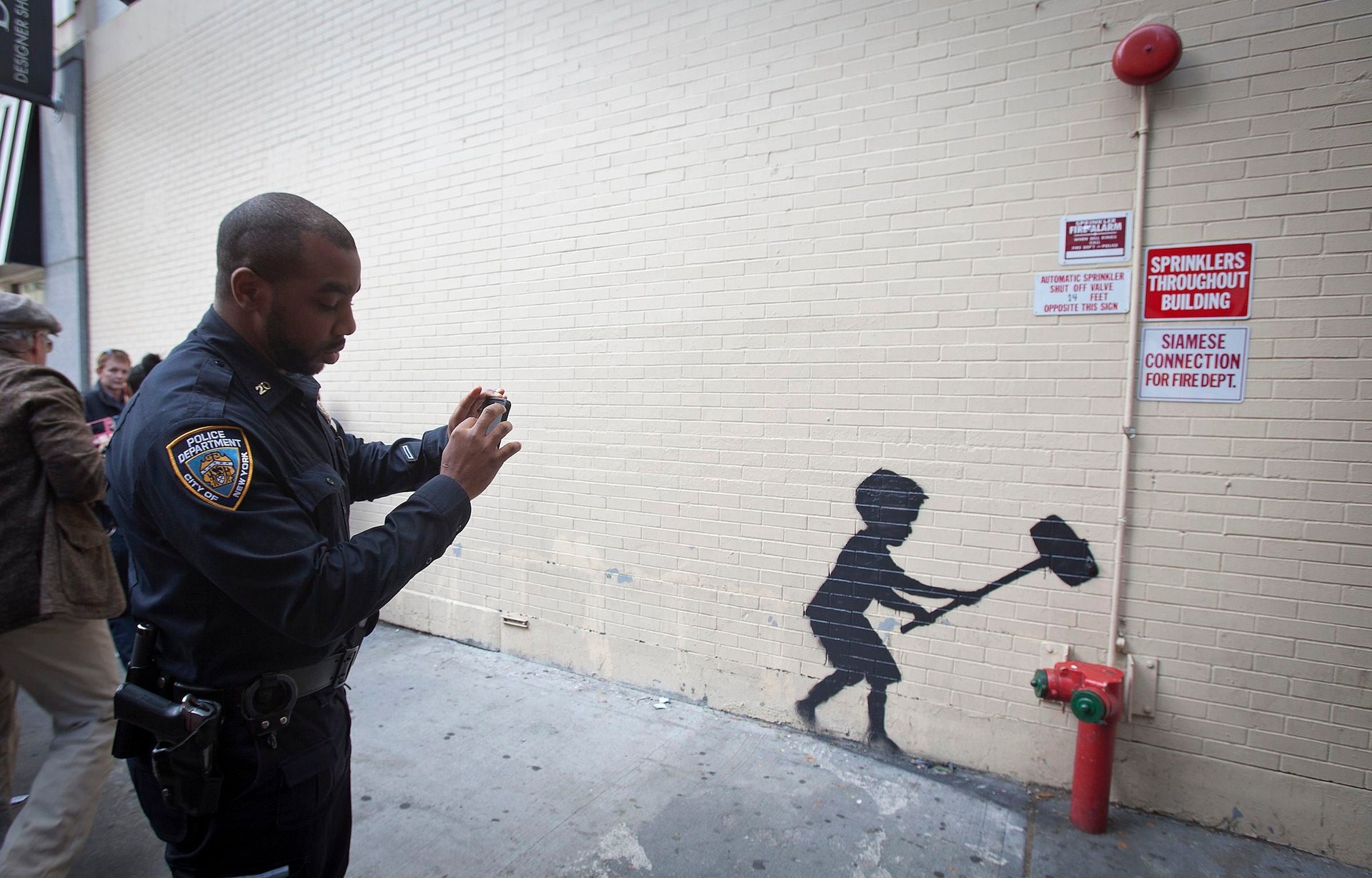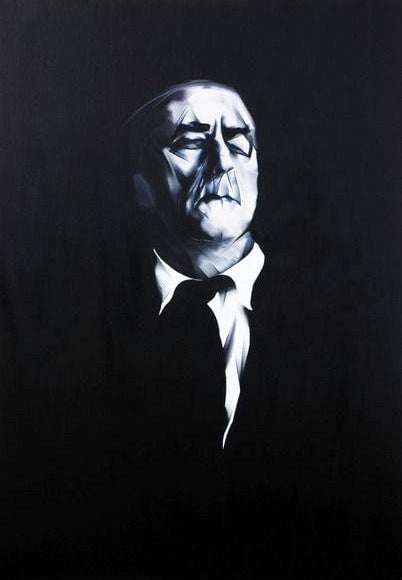For the criminal artist, sometimes it’s the method; sometimes it’s the meth
Is it art or is it a crime?


Is it art or is it a crime?
That’s a question that’s been answered very differently by two countries contending with “outsider art” this week.
In New York City, popular British street artist Banksy had set up a self-declared residency in the city for the month of October, painting and stenciling other people’s property. Mayor Michael Bloomberg proclaimed Banksy’s graffiti doesn’t fit his “definition of art” and that even if “it may be art … it should not be permitted.”
Increased attention from law enforcement forced Banksy to rethink a planned public art project. On Oct. 23, he posted a terse message to his website: ”Today’s art has been cancelled due to police activity.” The anonymous artist had been releasing a new work each day of the month of October. Each day, that is, until Oct. 23.
Meanwhile, on Oct. 25, Australian artist Nigel Milsom won a $150,000 Moran Prize for portraiture, one of his country’s most prestigious art awards … in the middle of serving out a six-year sentence for armed robbery and violent assault. Milsom was imprisoned last month. He had completed the prize-winning ”Uncle Paddy” while out on bail earlier this year.

Last year, the troubled artist won the $30,000 Sulman art prize mere weeks before he and his drug supplier, wielding a tomahawk, knife, and fake gun, threatened to kill a merchant in a New South Wales convenience store. Milsom pleaded guilty in April 2012, reportedly telling the court, “My state of mind is hard to describe. … I thought I was buying donuts. It felt like I was watching something as a movie that wasn’t really happening.”
Art brut has been around for 40 years and in that time, such “outsider art”—encompassing the work of the handicapped, mentally ill, criminal, and willfully rebellious—has been a subject of enduring interest. Entire museums and arts festivals are dedicated to the form. There is something about this art—standing outside of mainstream culture, to somehow more honestly portray it—which remains of unrelenting interest.
But should it be celebrated or condemned?
Banksy has been hailed a revolutionary public artist, eschewing payment and recognition, scrupulously protecting his anonymity while blithely charging $60 for pieces worth tens of thousands of dollars, or giving it away to the public outright, placing sculptures and drawings around the city.
Milsom will not be able to paint while incarcerated, unless he signs up for prison art classes. A spokeswoman for Cessnock Correction Centre, told the Australian this week that he had not yet done so. The artist must at least serve out his two-and-a-half-year non-parole period, and will be unable to access any of the prize funds, apart from the $500 permitted in his commissary account. His is a unique tale of depression, artistic brilliance, and drug addiction combining to tragic effect.
Milsom’s case illustrates the long-standing association between addiction and elements of creativity, while Banksy’s career and the “criminal” nature of graffiti art seem to challenge notions of artistry, private property, and public art. Their crimes, to be sure, are poles apart but in tandem, paint a broad picture of artistry on the edge. It seems that all too often, to make a cultural breakthrough, something must be broken, whether precedence, the law, or one man’s life.
The end of the month is nigh and Banksy is expected to be on the move. Stay tuned.